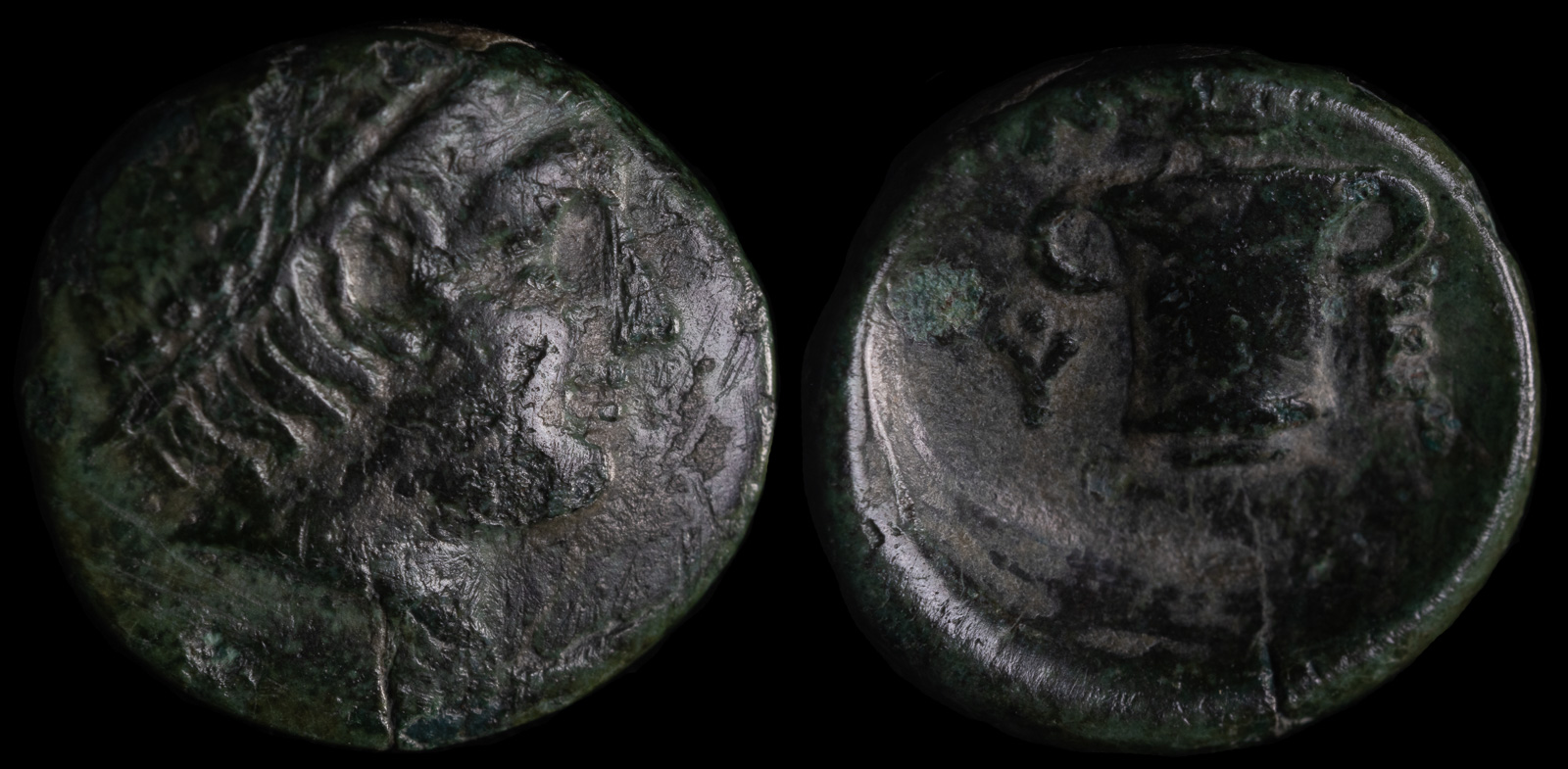Diota
View All Tags
In terms of function, the diota was essential for both everyday use and trade. In ancient Greek households, these vessels served as storage containers, particularly for liquids like oil and wine, which were central to the Greek diet and economy. The diota’s design allowed for the secure transportation of liquids, and its shape helped prevent spillage when moved. In the context of trade, diotas were often used to carry goods across regions, with their durability and ease of use making them ideal for transporting large quantities of liquid products over long distances. Their role in commercial activity can be seen in the large number of diotas that have been found at archaeological sites linked to trade routes, especially in Mediterranean ports.
The diota was not only a functional object but also played a role in Greek rituals and religious practices. Wine, in particular, held significant importance in Greek religious life, and vessels like the diota were used during offerings and libations to the gods. Additionally, these vessels are occasionally depicted in ancient Greek art, suggesting their role in social gatherings or ceremonial events. Through these depictions, the diota takes on a symbolic meaning, representing both the daily life of the Greeks and their connection to the divine.

Thrace, Kypsela
circa 420-380 BCE
Æ 13 mm, 1,75 g
Obv: Head of Hermes right wearing petasos.
Rev: K – Y / Ψ – Ε.
Diota (cup with two handles); uncertain symbol above.
BMC 1 var. (pentagram above cup); SNG Copenhagen 532 var. (same); Mouchmov 3889a